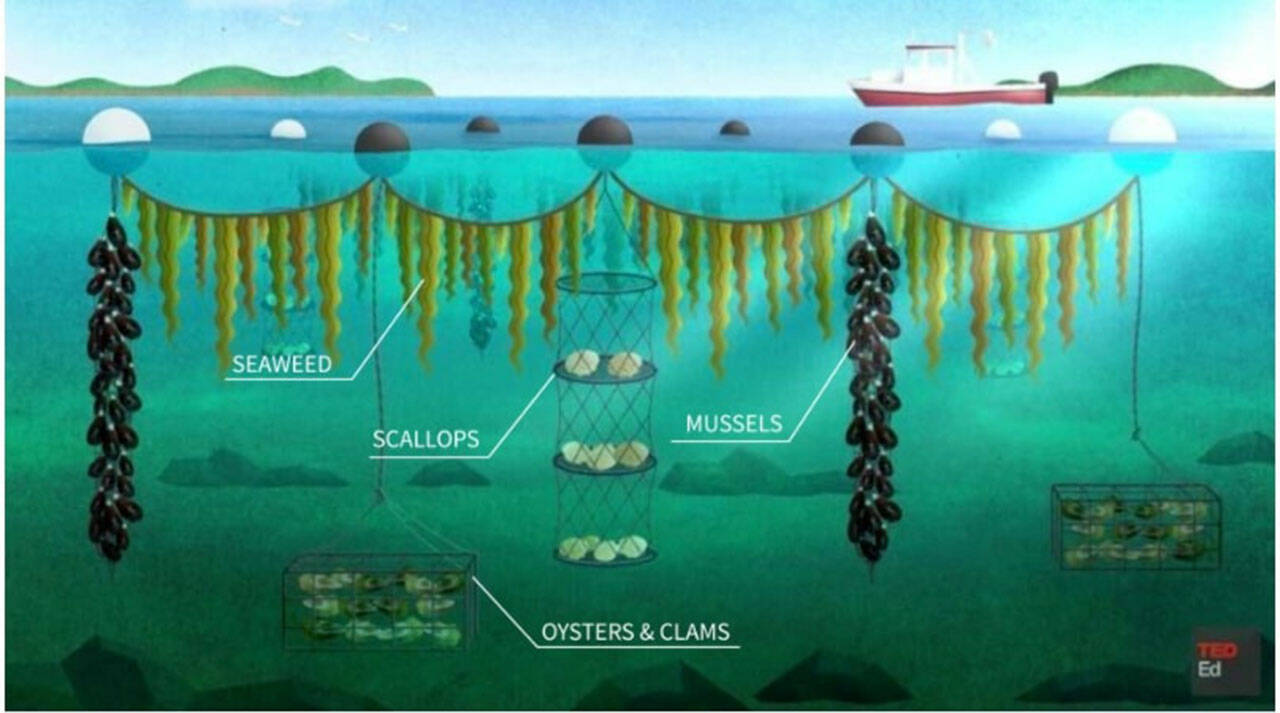Why Aren't We Doing Seaweed Cultivation in Trinidad and Tobago
Seaweed this amazing plant that grows naturally off our shores is now a valuable product in the exciting new renewable world we are entering.
Seaweed packaging is not only biodegradable and edible; it can be made to dissolve when water hits it, which is excellent for packaging tea or cereals. The benefits of seaweed packaging, extend beyond keeping plastic out of the ocean.
Job Creation
It has commonly been assumed that professional fishermen are the most appropriate people to adopt seaweed farming because they are accustomed to making a living from the sea. In practice this has not often been the case. The most successful farmers have been men and women whose livelihoods include a range of income-generating activities, allowing them to survive the first harvest cycle when there are no returns as well as the periodic losses associated with rough seas, seasonal fouling of the crop by epiphytes, spoilage of drying crops in wet seasons, and difficulties in marketing during times of high production and competition with other producers.
Micro Plastics are Already Inside Us
Microplastic pollution has been detected in human blood for the first time, with scientists finding the tiny particles in almost 80% of the people tested. The discovery shows the particles can travel around the body and may lodge in organs. The impact on health is as yet unknown. But researchers are concerned as microplastics cause damage to human cells in the laboratory and air pollution particles are already known to enter the body and cause millions of early deaths a year.
The global commercial seaweed market size was estimated at USD 16.6 billion in 2020 and is expected to reach USD 18.4 billion in 2021
The Caribbean has a diverse seaweed flora that includes many economically important genera, particularly in the Rhodophyceae, but there has been little industrial exploitation of this resource
Seaweed is Biodegradable and Sexy
This type of small-scale production will necessarily be part of multiple-use coastal resource use systems that include reef uses. Seamoss production can provide additional options for income-generation for coastal communities and help address issues of poverty and the overexploitation of reef resources that is increasingly apparent.
The most widespread use is the harvest of various red algae for the preparation of locally-important drinks and desserts. This use is common in the West Indies where the different species and the products are known as seamoss
Site Selection
The scale of farming in the region is still relatively small and issues of access to sea space and competition with other activities that have characterised the uncontrolled expansion of seaweed farming in such areas as Tanzania and Indonesia have not yet been significant problems. However, even at the present scale it is apparent that multiple use of inshore areas needs careful planning and that the zoning of uses that is common in marine protected areas may be appropriate whether or not there is a formal management arrangement in place. Site selection also has social and economic implications. In order to guarantee access to poor people (who may not be able to own or use boats) and to those who are less comfortable working in deeper waters, including women and children, there is need to ensure that some of the nearshore areas remain available for farming, and that farms are not confined to more distant and less accessible zones.
if you think this is a great idea please help up set up financing for this project.Let's get this off the ground!







